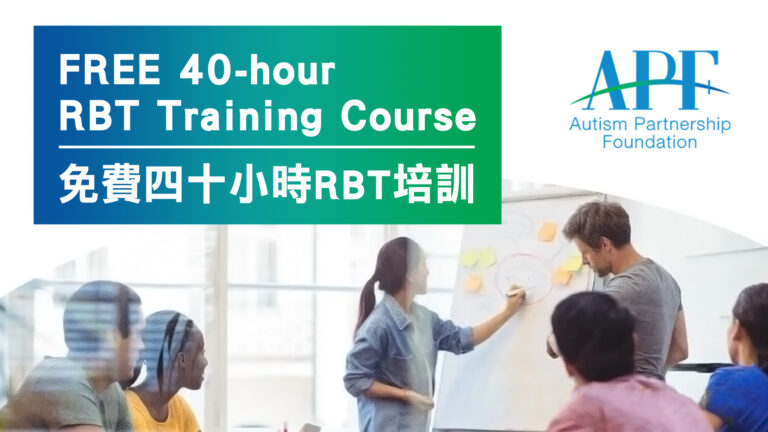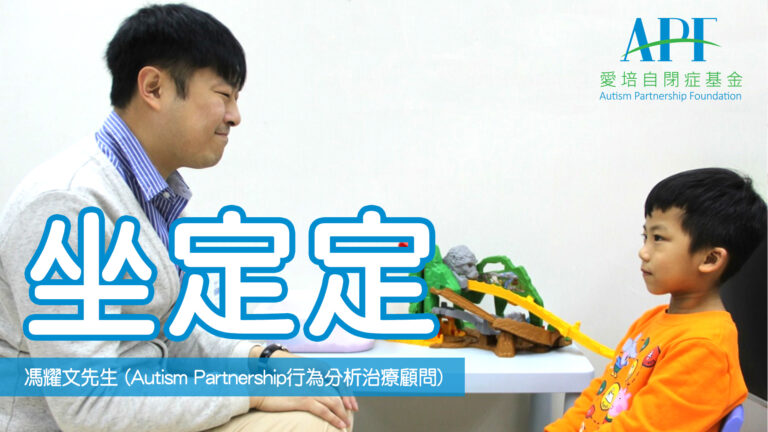
- 14 Sep 2020
Sustaining attention is one of the most crucial factors to improve learning efficiency. Parents are often concerned when their children fail to stay focused in a task or being easily distracted while completing a task. Due to the covid situation, many students have to learn through online platforms, which could be even more challenging for […]
- 13 Aug 2020
My son, Zhang, is now 8 years old and though he is diagnosed with Autism Spectrum Disorders (ASD), to me he is just like other normal children, unique and special. To many others, Zhang appears to be a good looking little gentleman. However, compared to other children, the time and effort I spent to take […]

- 20 Jul 2020
APM Education Project is a campaign that brings awareness to Autism Spectrum Disorder and address the importance of early intervention and effectiveness of APM treatment. Follow us to learn more about Autism and ABA Early Intervention! Mia is currently 2 years and 2 months old. Mia’s parents reported that Mia is non-verbal, and can only […]

- 9 Mar 2020
The Autism Partnership Foundation (APF) in the United States has been committed to providing advancing effective methodology and behavior analytic intervention for individuals diagnosed with Autism Spectrum Disorder (ASD) to reach their fullest potential and have an independent and high-quality life. In addition to providing assistance and support to individuals and families with ASD, APF […]

- 11 Jul 2019
Socialization is a core deficit in ASD. Many individuals who are on the spectrum are facing different kinds of social challenges in a daily basis. The good news is, parents and educators are more aware of the social difficulties faced by young children with ASD and more resources have been allocated to alleviate their needs. […]

- 19 Jun 2019
Teaching ASD children learning how to learn behaviour aims to develop a good learning attitude so that they can learn skills more effectively. There are many specific behavioral goals under the “learning how to learn” heading. Some therapists recommend that you first teach compliance. Some parents may prefer to work on eye contact first. Some […]
- 14 Jun 2019
School readiness includes not only early academic skills in reading, writing and mathematics, but also motivation to learn, social and emotional development, language skills, and general knowledge, just to name a few. For children with Autism, because of their unique profiles of abilities and challenges, there are more critical skill sets they need to acquire […]

- 29 May 2019
This article is only available in Chinese. To read in Chinese, please click on this page.
